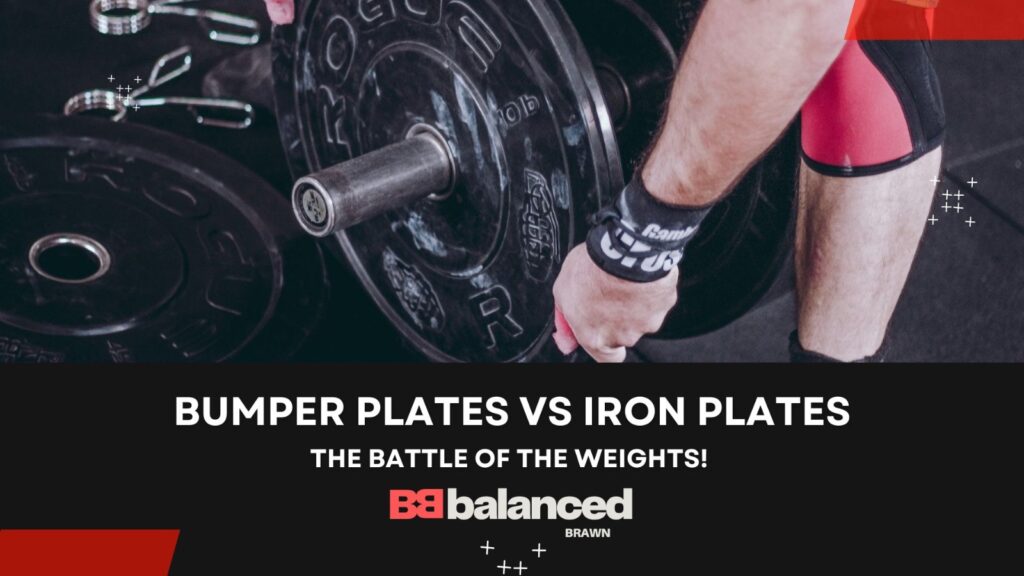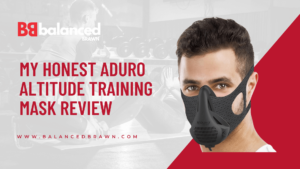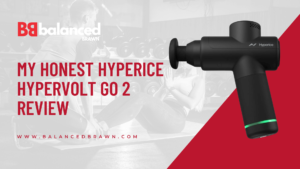Table of Contents
In the iron-clad world of strength training, a fierce battle rages on between two titans of weightlifting: bumper plates vs iron plates.
In the left corner, we have the vibrant and bouncy contenders—bumper plates—with their flashy colors and rubbery embrace.
And in the right corner, standing tall and unyielding, we have the iron-clad champions—iron plates—exuding strength and reliability with every rep.
It’s a clash of durability vs stability, shock absorption vs raw power, and versatility vs tradition. Which plate will triumph as the undisputed heavyweight champion of your lifting sessions? We’re about to find out!
In this thrilling bout, we’ll explore the advantages, limitations, and ideal applications while addressing bumper plates vs iron plates.
Get ready to witness a contest like no other—a battle that will leave you armed with the knowledge to choose your weightlifting ally wisely.
So, grab your popcorn, tighten your lifting belt, and let the Battle of the Weights commence!
Bumper Plates vs Iron Plates: A Head-to-Head Comparison
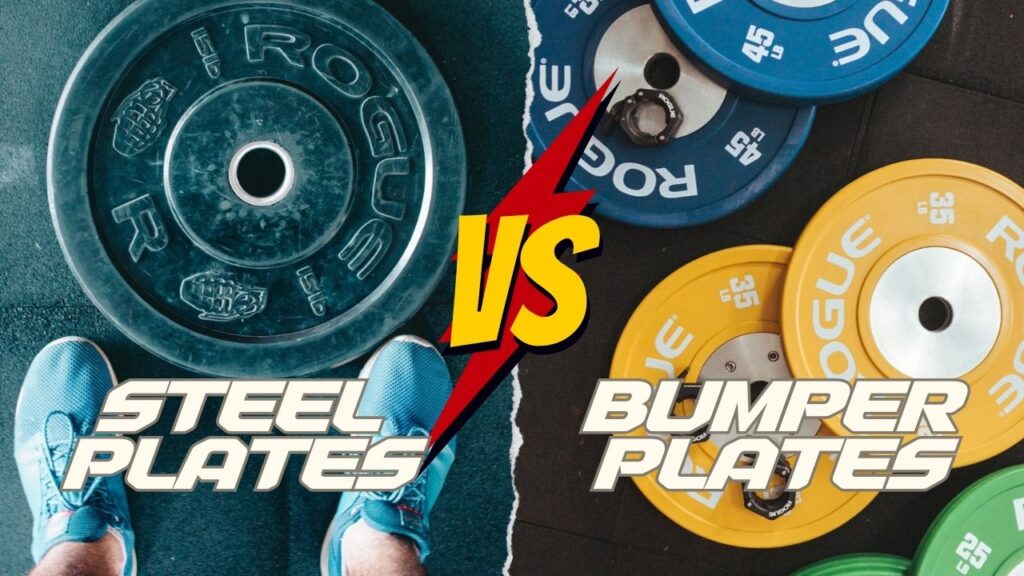
| Comparison | Bumper Plates | Steel Plates |
| Material | Rubber coating around a metal core | Solid steel |
| Durability | Highly durable and resistant to impact | Extremely durable and long-lasting |
| Shock Absorption | Excellent shock absorption due to rubber coating | Minimal shock absorption |
| Noise Level | Quieter due to rubber coating and shock absorption | Louder when dropped |
| Floor Protection | Protects floors from damage | May cause floor damage if dropped |
| Weight Options | Limited weight options, typically in kilograms | Wide range of weight options in pounds and kilograms |
| Versatility | Versatile for various exercises, including Olympic lifts and CrossFit | Ideal for powerlifting and strength training |
| Cost | Generally more expensive | More affordable |
| Aesthetics | Colorful and visually appealing | Simple and traditional appearance |
| Storage Space | A larger diameter requires more storage space | More compact size, requiring less storage space |
Understanding Bumper Plates

Definition and composition of bumper plates
Bumper plates are a lively and vibrant breed of gym equipment, designed to add a splash of color and excitement to your weightlifting routine.
Unlike their stoic iron plate counterparts, bumper plates are made of a unique composition of rubber or similar materials that give them their characteristic bounciness and durability.
They come in a variety of vibrant hues, transforming your gym into a vibrant fitness playground
Key advantages of bumper plates
– Durability and shock absorption
Bumper plates are the spring-loaded heroes of the weightlifting world. Their rubbery composition provides a remarkable ability to absorb shocks, protecting your floors and equipment from unnecessary wear and tear.
When dropped, these plates gracefully bounce back, reducing the impact on your surroundings and extending the lifespan of your equipment.
– Noise reduction and floor protection
Tired of the thunderous crash that accompanies each iron plate drop? Bumper plates come to the rescue!
With their shock-absorbing capabilities, they significantly reduce the noise generated during workouts, making them a gym companion that your neighbors will appreciate.
Not only that, but they also safeguard your floors from unsightly dents and scratches, ensuring your workout space remains pristine.
– Versatility for various exercises (e.g., Olympic lifts, CrossFit)
Bumper plates are the chameleons of the gym, adapting effortlessly to various exercises and fitness disciplines.
Whether you’re performing explosive Olympic lifts or engaging in intense CrossFit workouts, these plates provide the perfect foundation for your training.
Their versatile nature allows you to drop the weights without fear, enabling you to focus on pushing your limits and achieving your fitness goals.
Limitations of bumper plates
– Higher cost compared to iron plates
Every superhero has its kryptonite, and for bumper plates, it’s the price tag. Bumper plates tend to be more expensive than their iron counterparts, as the specialized materials and manufacturing processes involved contribute to their higher cost.
However, many fitness enthusiasts consider this a worthwhile investment, given the unique advantages and long-lasting nature of bumper plates.
– Limited weight options for heavy lifters
For those who possess Herculean strength and strive to conquer mountains of iron, bumper plates might fall short. Compared to iron plates, bumper plates generally have a more limited weight range, making it challenging to load up the bar to extreme levels.
However, for most fitness enthusiasts, the available weight options are more than sufficient to facilitate their training needs.
Ideal scenarios for using bumper plates
– Olympic weightlifting
Bumper plates are the golden ticket for Olympic weightlifters. With their ability to absorb shocks and minimize noise, these plates create the ideal environment for explosive lifts like the snatch and clean and jerk.
The forgiving bounce of bumper plates allows athletes to focus on technique and power, providing a safe and supportive platform for their endeavors.
– Dynamic lifts with dropping weights
When it comes to exercises that involve dropping weights from overhead, such as kettlebell swings or high-intensity workouts like CrossFit, bumper plates are your best allies.
Their shock-absorbing properties protect your equipment, flooring, and eardrums from the destructive forces of gravity, allowing you to unleash your strength without restraint.
– Gyms with noise restrictions or sensitive flooring
In a scenario where noise restrictions and delicate flooring are ever-present, bumper plates offer a much-needed reprieve. These plates deliver a workout experience that is both exhilarating and considerate of your surroundings.
Whether you’re in a shared apartment building, a basement gym, or a commercial fitness facility with strict noise regulations, bumper plates become the silent heroes that keep your workout on track while maintaining peace and harmony in your surroundings.
Exploring Iron Plates
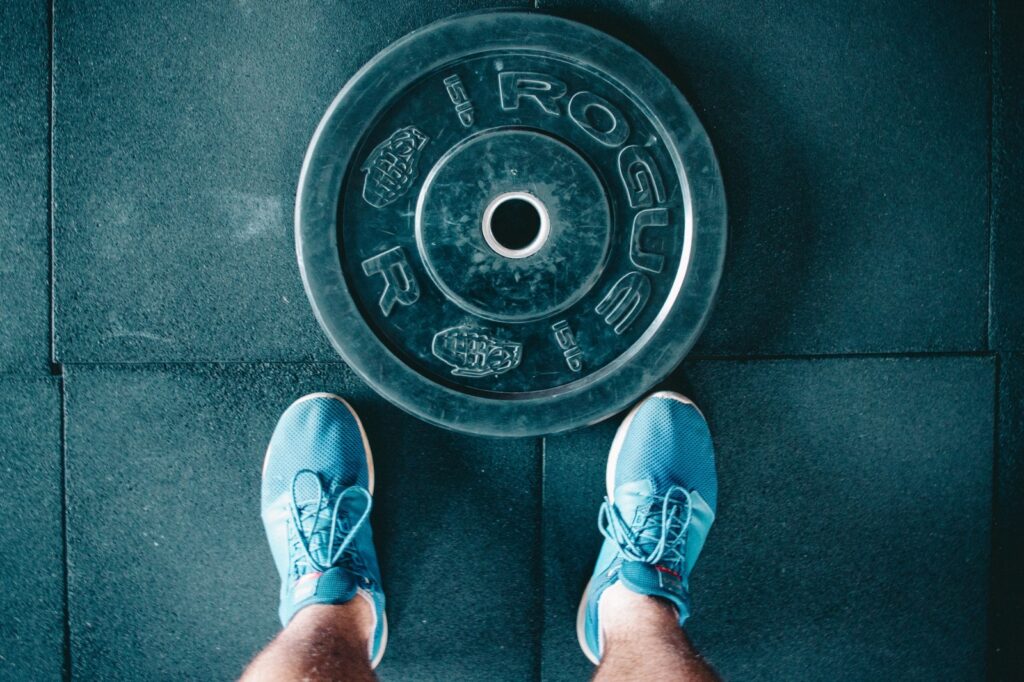
Definition and composition of iron plates
Iron plates, the steadfast and reliable stalwarts of the weightlifting world, are composed of solid cast iron. These plates exude a sense of timeless strength and durability, with their classic design and unyielding composition.
While they may lack the colorful flair of their bouncy bumper plate counterparts, iron plates make up for it with their robustness and unwavering presence.
Advantages of iron plates
– Affordability and availability
In a world where financial considerations can weigh heavily on our choices, iron plates emerge as the thrifty hero.
These plates are widely available and tend to be more budget-friendly compared to their rubber-clad counterparts. For those looking to set up a home gym or equip a commercial facility on a tighter budget, iron plates offer a cost-effective solution without compromising on quality
– Wide range of weight options
Whether you’re a fledgling lifter taking your first steps or a seasoned weightlifting aficionado looking to test your limits, iron plates provide an extensive range of weight options.
From the lightest increments to behemoth plates that will challenge even the mightiest of lifters, iron plates offer the versatility to tailor your workouts to your unique needs and goals.
– Stability and consistent barbell feel
Iron plates offer a steadfast and unwavering foundation for your barbell. The solid cast iron composition ensures a stable connection between the bar and the weight, providing a consistent feel throughout your lifts.
This stability allows you to focus on your technique and strength without the distraction of excessive plate movement or bouncing.
Drawbacks of iron plates
– Noise and potential floor damage
When iron plates make contact with the ground, they announce their presence with a resounding clank that can rattle the very foundations of your workout space.
Additionally, the unforgiving nature of iron plates can potentially cause damage to delicate flooring surfaces, leaving behind unsightly marks or scratches. These factors make iron plates less suitable for noise-sensitive environments or areas with flooring that requires extra protection.
– Less shock absorption
Unlike their rubber-clad counterparts, iron plates do not possess the same shock-absorbing qualities. When dropped, they transfer the full force of impact to the floor, which can create a jarring and disruptive experience.
This lack of shock absorption may limit the types of exercises you can perform with iron plates, particularly those involving dynamic movements or drops.
Suitable applications for iron plates
– Powerlifting and strength training
For those who seek to channel their inner strength and focus on powerlifting or strength training, iron plates stand as steadfast allies.
The stability and consistent barbell feel of iron plates make them well-suited for heavy lifts like squats, deadlifts, and bench presses. Their wide range of weight options ensures you can progressively challenge your limits and strive for new personal bests.
– Home gyms with sturdy flooring
If you have the luxury of a home gym with sturdy flooring, iron plates become a viable choice. Their affordability and availability make them an attractive option for outfitting your personal workout space.
With the right setup, you can revel in the rugged charm of iron plates without concerns about noise or potential floor damage.
– Budget-conscious individuals
For those who prioritize their wallet’s well-being while maintaining a commitment to fitness, iron plates offer a cost-effective solution.
Their competitive pricing and widespread availability make them a go-to choice for individuals looking to build their gym on a budget. With iron plates, you can forge a formidable physique without breaking the bank.
Factors to Consider When Choosing Between Bumper Plates and Iron Plates
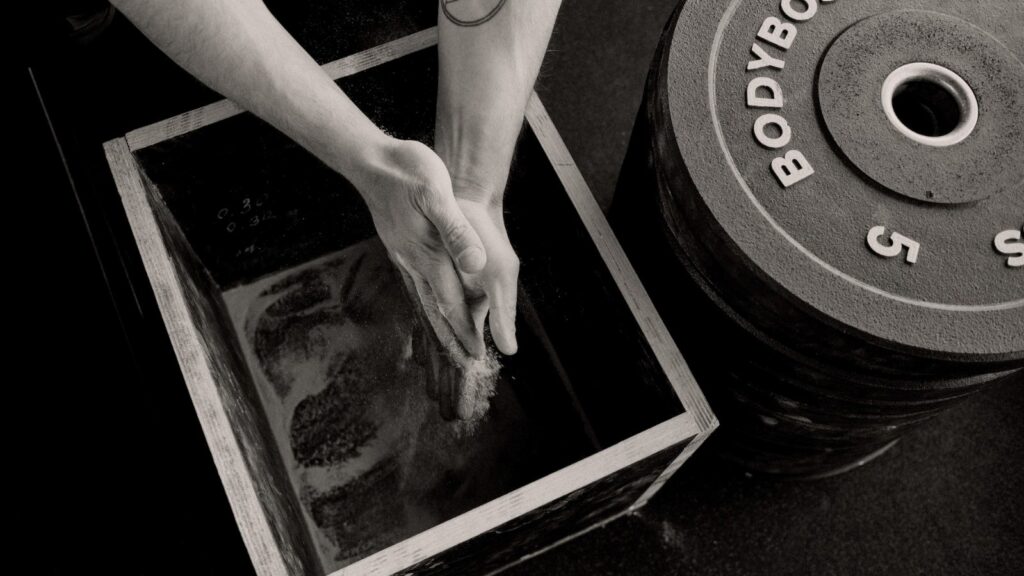
Training goals and specific exercises
Before deciding between bumper plates vs iron plates, it’s essential to consider your training goals and the specific exercises you’ll be performing.
If you’re drawn to explosive Olympic lifts or engaging in high-intensity workouts like CrossFit, bumper plates are like a cheering squad that won’t let you down.
Their shock-absorbing capabilities and versatility make them the go-to choice for dynamic movements and exercises that involve dropping weights.
On the other hand, if powerlifting and traditional strength training are more your style, iron plates provide the stability and consistent barbell feel needed to conquer those heavy squats, deadlifts, and bench presses.
Budget and cost considerations
Let’s face it: our wallets have a say in our fitness endeavors. Bumper plates tend to carry a higher price tag due to the specialized materials and manufacturing processes involved.
However, their durability and unique advantages can make them a worthwhile investment for those who prioritize longevity and performance. On the other hand, iron plates offer a more affordable option without compromising on quality. If budget constraints are a primary concern, iron plates may be the perfect choice for creating a well-rounded weightlifting setup.
Noise and floor protection requirements
Do you live in an apartment building with paper-thin walls, or perhaps you have a home gym with sensitive flooring that needs some extra TLC?
Consider the noise and floor protection aspects when deciding between bumper plates and iron plates. Bumper plates take pride in their ability to muffle the thunderous crashes of weights hitting the ground, making them a considerate choice for noise-restricted environments.
Additionally, their shock-absorbing properties protect floors from potential damage. If maintaining peace with neighbors or preserving your flooring’s pristine condition is crucial, bumper plates may be your silent saviors.
However, if you have a dedicated workout space with sturdy flooring or noise is not a concern, iron plates can make a bold statement without compromising your surroundings.
Weightlifting experience and skill level
Your weightlifting experience and skill level play a vital role in choosing between bumper plates and iron plates. Bumper plates, with their forgiving bounce and shock absorption, are particularly suitable for beginners or those still perfecting their lifting techniques.
They provide a safety net during learning phases, allowing you to focus on form and minimizing the risk of injury. Iron plates, with their stable barbell feel, are favored by experienced lifters who value consistency and precision.
If you’re an advanced lifter with a solid foundation and impeccable technique, iron plates may offer the stability and challenge you seek.
Available storage space
The size of your workout area and storage space should not be overlooked when selecting plates. Bumper plates, with their generally larger diameter, require more room for storage.
If you have limited space or a compact home gym, iron plates may be a more practical choice due to their more compact size.
However, if you have ample storage space and enjoy the vibrant aesthetics of bumper plates, they can add a splash of color and excitement to your training area.
Best Practices for Maximizing the Benefits of Bumper Plates and Iron Plates
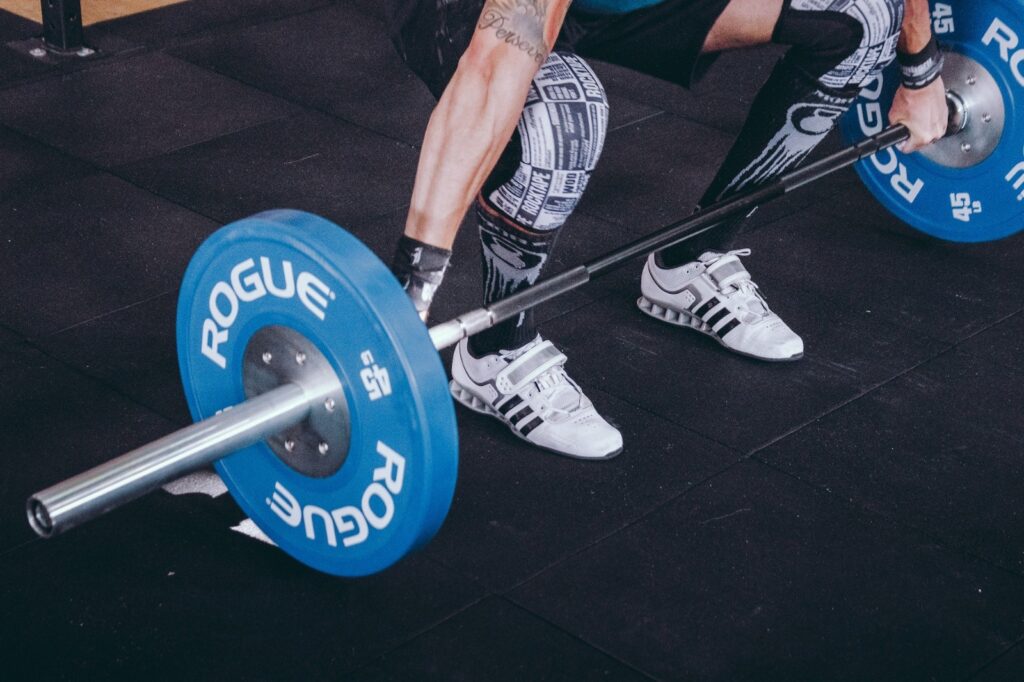
Safety guidelines for using each type of plate
When it comes to safety, both bumper plates and iron plates require some attention to ensure a secure and injury-free lifting experience. Here are some safety guidelines to keep in mind:
– Bumper Plates
- Always use proper technique and form to avoid strain or injury.
- Ensure that bumper plates are securely loaded and fastened to the barbell.
- When dropping bumper plates, maintain control of the barbell and guide it safely to the ground to prevent accidents or damage.
- Avoid dropping bumper plates on uneven surfaces or areas with obstructions that may cause instability.
– Iron Plates
- Ensure that iron plates are properly secured on the barbell, with collars in place to prevent shifting or sliding during lifts.
- Lift with a spotter or use safety mechanisms, such as squat racks or safety pins, when performing heavy lifts.
- Use caution when handling iron plates, as their solid nature can increase the risk of injuries if mishandled or dropped on toes or fingers.
Proper lifting techniques and form
Regardless of the type of plates you choose, proper lifting techniques and form are essential for maximizing gains and minimizing the risk of injury. Remember these key principles:
- Maintain proper posture and alignment throughout each lift.
- Engage the core muscles and use controlled movements.
- Breathe steadily and avoid holding your breath.
- Gradually increase weight and challenge yourself while maintaining good form.
- Seek guidance from a qualified trainer or coach to ensure you are using the correct techniques
Plate selection tips based on exercise variation
To optimize your training, consider the exercise variations and plate selections that best suit your goals:
– Bumper Plates
- Opt for bumper plates when performing Olympic lifts, such as snatches and clean and jerks, where the ability to drop the weights safely and absorb shock is essential.
- Use bumper plates for high-intensity workouts like CrossFit, where dynamic movements and drops are common.
- Take advantage of the versatility of bumper plates for exercises that require a forgiving bounce, such as kettlebell swings or medicine ball slams.
– Iron Plates
- Choose iron plates for powerlifting exercises, such as squats, deadlifts, and bench presses, where stability and consistent barbell feel are crucial.
- Utilize iron plates for strength training routines that prioritize heavy lifting and progressive overload.
- Consider the wide range of weight options available with iron plates to tailor your training to specific strength goals.
Maintenance and care to prolong plate lifespan
Both bumper plates and iron plates require proper maintenance and care to ensure their longevity. Follow these tips to keep your plates in top shape:
– Bumper Plates
- Regularly clean bumper plates with mild soap and water to remove dirt and sweat buildup.
- Avoid exposing bumper plates to direct sunlight or extreme temperatures, as these conditions can degrade the rubber material over time.
- Inspect bumper plates for any signs of damage or wear and replace them if necessary.
– Iron Plates
- Periodically check iron plates for signs of rust and remove any corrosion using a wire brush or rust remover.
- Store iron plates in a dry environment to prevent moisture accumulation and further rusting.
- Avoid dropping or slamming iron plates unnecessarily, as this can accelerate wear and potentially cause damage to the plates or surrounding equipment.
By following these best practices, you can ensure a safe and enjoyable lifting experience while maximizing the benefits of both bumper plates and iron plates.
The Bottom Line
In the ultimate clash of the heavyweights, we have witnessed the Battle of the Weights between bumper plates and iron plates. It’s time to crown a winner but wait… surprise twist! The real victor here is YOU!
Whether you opt for the vibrant resilience of bumper plates or the steadfast strength of iron plates, both contenders offer unique benefits that can catapult your fitness journey to new heights. The key is to choose based on your specific needs and goals.
So, go forth and conquer your workouts with the knowledge gained from this battle. Embrace the durability and shock absorption of bumper plates for explosive Olympic lifts or revel in the stability and consistency of iron plates for powerlifting dominance.
Remember, it’s not just about the plates you use, but the dedication and effort you bring to each rep.
So, lift with gusto, challenge your limits, and become the champion of your own fitness story. The battle may be over, but your quest for greatness has only just begun!

